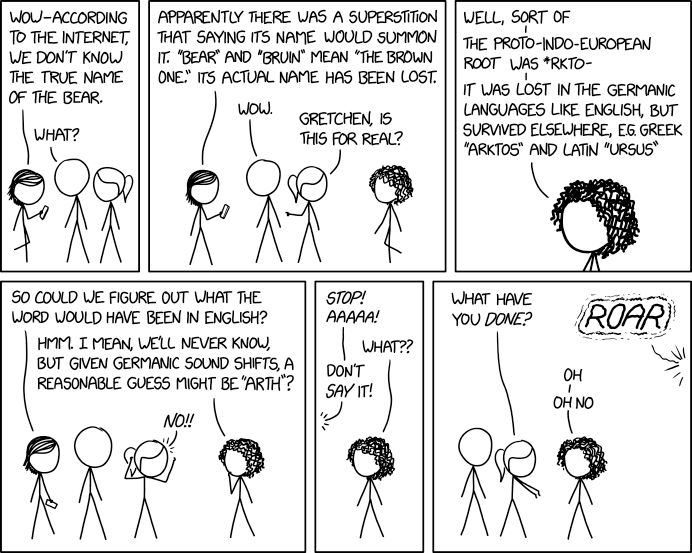Lake name
One of my favorite places to run to from Swarthmore is a beautiful little lake about three miles away. I've been running down there for a couple of years now after I discovered its existence when I mentioned to some folks who live in Ridley Park, where the lake is located, that I'm always looking for nice places to run, and they suggested, with some pride, that I should come down and check out their little gem of a lake. So I tried it out and have become stuck on it. I have to run down there at least once every week or two, otherwise I feel that something is missing in my life.
So I've been blissfully running to that pretty little lake for a couple of years, but never thought whether it had a particular name. Yesterday, for some unknown reason (perhaps because the weather was so glorious — 70º, clear blue skies, still some autumn foliage), the thought entered my mind that I should ask some people walking around there, sitting on benches, fishing, and standing on the cute bridge at one end where there is a creek that feeds the lake, what they call that lovely, little body of water.
Read the rest of this entry »

